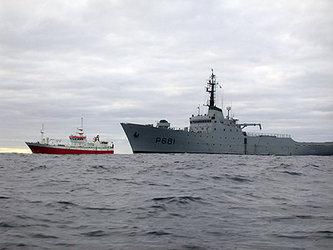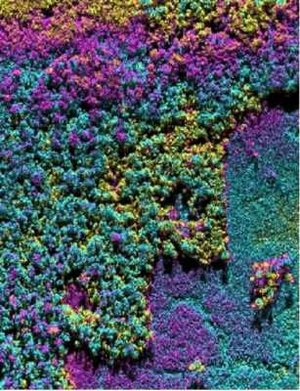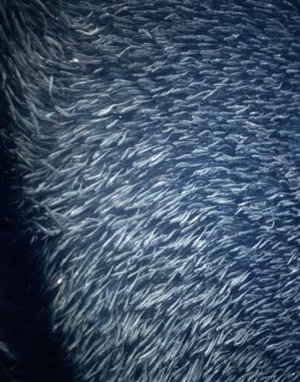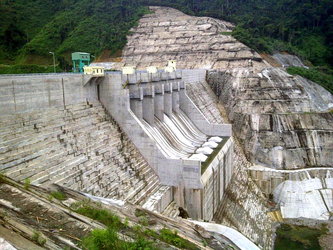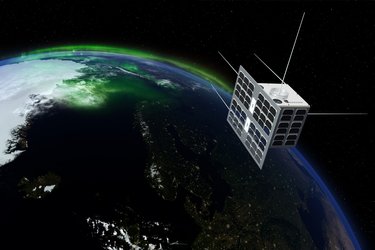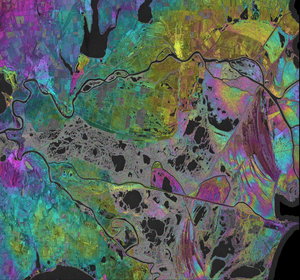Spotting the wrong
Our planet is a big place to monitor. It seems nigh-on impossible to keep track of all earthly activities and not get overwhelmed by the shear amount of data involved. And yet, numerous projects have been set up in their own specific fields to gather information on the sustainable use of our resources, and where applicable, where things go wrong. Satellite imagery has been employed to monitor illegal fishing activities, for instance, where vessel identification technology has played an important role.
More illegal activities on the ocean, such as oil spills and human trafficking can also be spotted with some help from above. Satellites also monitor the oceans in terms of ocean salinity, surface temperature and chlorophyll content to help predict storms, as well as give an indication of which areas are richer in fish to make sustainable fishing possible.

Illegal activities unfortunately also occur on land in a variety of ways. Satellite imagery has helped to pinpoint where illegal poaching of rhinos and elephants has taken place. Illegal deforestation, which has implications for climate change, loss of biodiversity and land degradation, is a real global concern, as are the associated socio-economic issues. By monitoring certain high-risk areas over time by satellite it is possible to assess how much of our precious forests are vanishing and by relaying this information to local authorities this devastating loss can be hampered.

Sustainable use of land is beneficial to local and regional communities but quite often it is hard to follow through as global economic factors play a role too. Satellite imagery can provide tools to define problems and where necessary provide data on land loss and how this affects the local economy. An example is the use of satellites to monitor wetlands, which are of important ecological, hydrological and economic value. When wetlands disappear it is paramount to find out what the reasons behind this are and as such measures can be taken to conserve and re-instate these precious water sources.
Sometimes economic activities, such as mining, agriculture, energy generation using a hydroelectric dam can have adverse effects on a local community that were not clear at the start of the activity. Prediction models and real imagery can then help to provide tools for maintaining the economic activity without further negative effects on the community. A vast knowledge of how to deal with satellite imagery and big-data experts are required to bring this to a good end.







